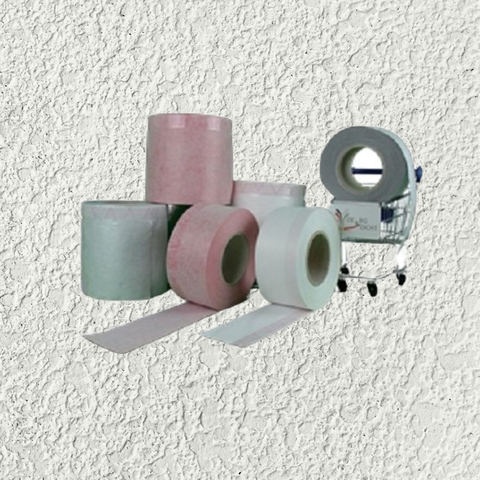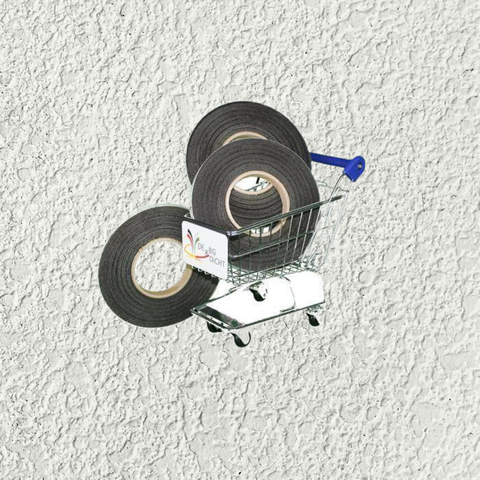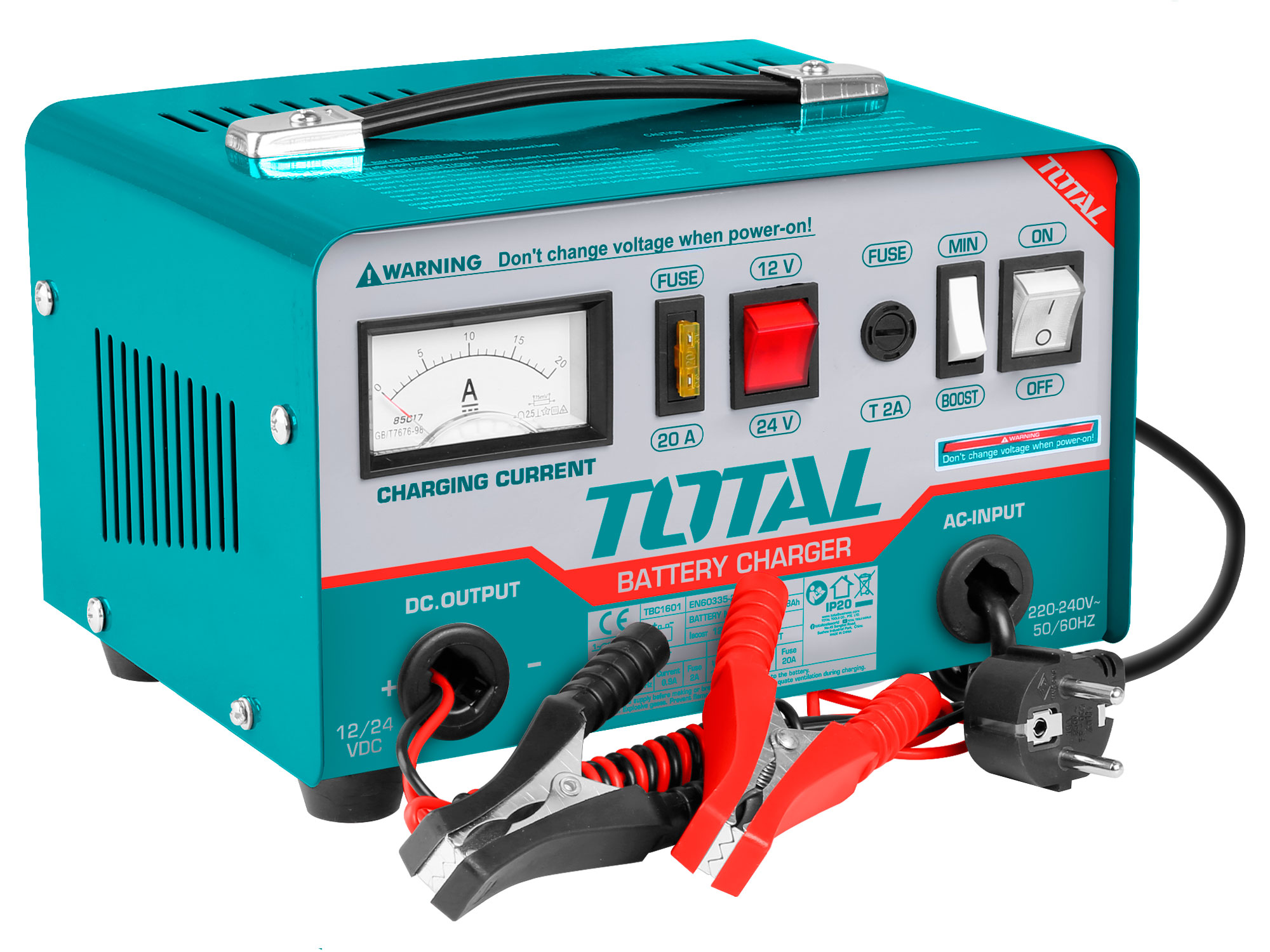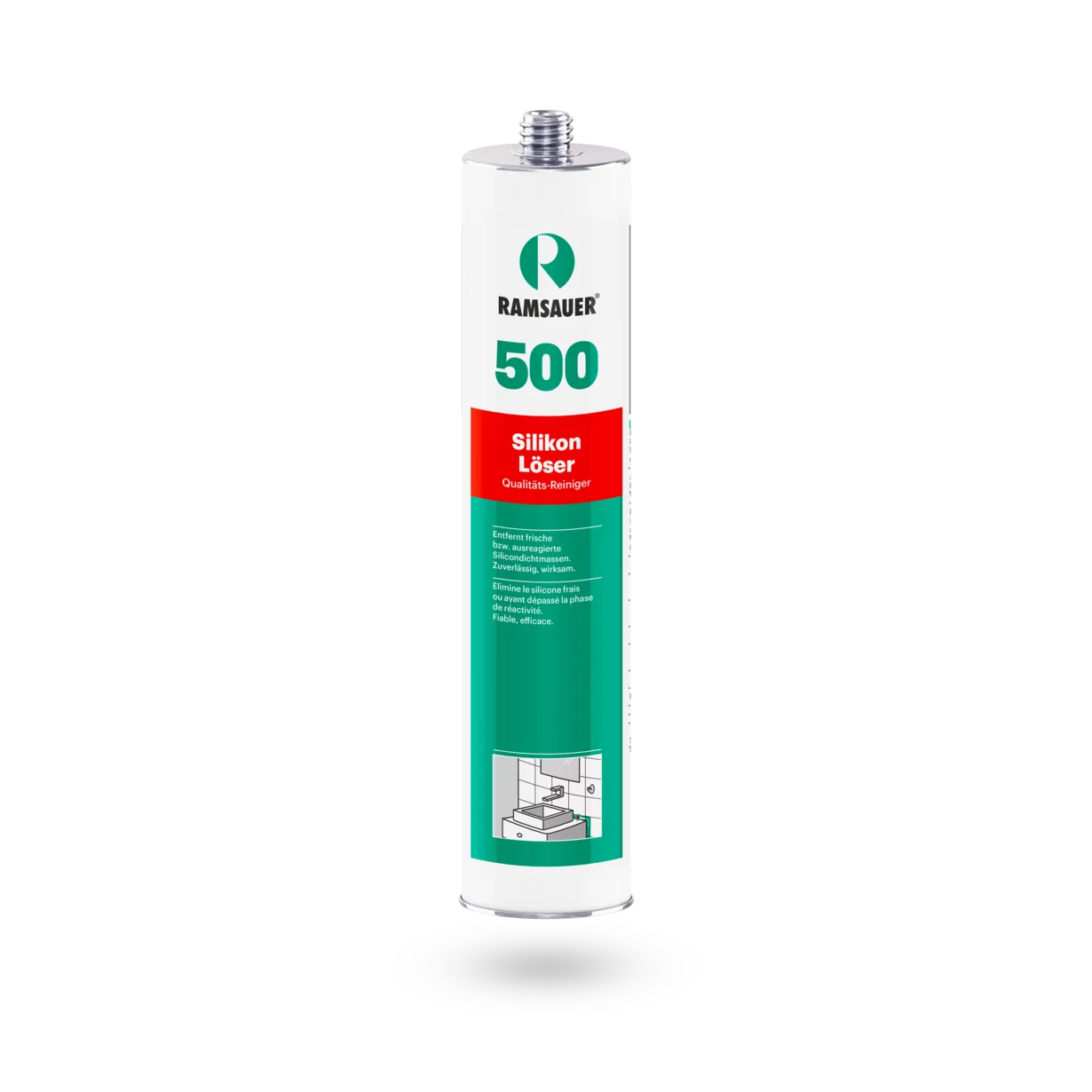Effective silicone remover: The solution for stubborn residues.
Have you ever tried to remove old silicone from your surfaces and been frustrated to realise that it's not that easy? Don't worry, we have the solution for you - effective silicone removers! These specialised solutions are designed to remove stubborn silicone residue and leave your surfaces clean and smooth.
Silicone can harden over time and stick firmly to glass, tiles, metal and other materials. It can be a time-consuming and tedious task to remove it manually. This is where the effective silicone removers come into play. With their powerful formula, they can break up the silicone and easily remove it from the surface without causing damage.
Our high-quality silicone removers are easy to use and offer quick results. Whether in the bathroom, kitchen or other places where silicone residue is a nuisance, these solvents make all the difference. Get rid of stubborn silicone and make your surfaces look like new again. Try our effective silicone removers today and experience the power of these solutions for yourself!
Application tips for the use of silicone solvents
The correct application of silicone removers is crucial to achieve optimum results. Firstly, you should ensure that the surface to be treated is clean and dry. Remove any coarse residue or dirt to prevent the silicone remover from working less effectively. Apply the silicone remover generously to the affected area and leave it to work for a few minutes. This gives the product enough time to penetrate the silicone and soften it, making the whole process much easier.
Gloves are recommended for the application to protect your skin from chemical substances. Use a brush or cloth to apply the solvent evenly. Make sure that you apply the solvent not only to the silicone, but also to the surrounding areas to ensure thorough cleaning. After the contact time has elapsed, you can carefully scrape off the silicone with a spatula or blade.
After removing the silicone, it is important to clean the area thoroughly. Residues of the silicone remover may remain and should be removed with water and a mild detergent. This ensures that no chemical residues remain on the surface that could potentially cause damage or impair the adhesion of new sealants. Make sure to dry the surface thoroughly before applying new materials.
What is silicone residue and why is it stubborn?
Silicone residues are often caused by the use of sealants that are used in many areas of everyday life, such as bathrooms, kitchens and window sealing. These sealants are known for their flexibility and watertightness. However, over time they can harden and adhere firmly to surfaces. These residues are not only unsightly, but also difficult to remove, which often leads to frustration.
One reason why silicone residue is so stubborn is due to the chemical structure of silicone itself. Silicone is a polymeric material that is highly resistant to heat, moisture and chemicals. Although these properties make it an excellent sealant, they also make it difficult to remove once it has hardened. In addition, silicone can be further cured by environmental influences such as UV radiation and temperature changes, which further complicates removal.
In addition, silicone residue can often appear in hard-to-reach areas, such as joints or corners, where conventional methods of cleaning and removal are not sufficient. This causes many people to give up in frustration and simply ignore the unsightly residue. An effective solution is essential here to restore the aesthetics and hygiene of the affected surfaces.
The dangers of silicone residues
Silicone residue is not just a visual problem, it can also pose potential health and safety hazards. First of all, they can become a breeding ground for mould and bacteria, especially in humid environments such as bathrooms. These microorganisms can cause health problems, especially for people with allergies or respiratory conditions. Mould can spread quickly and significantly affect the air quality in the room.
Another risk is that silicone residues can impair the adhesion of new sealants or paints. If you try to apply fresh silicone or other materials over old residue, this can lead to a poor seal. This in turn can lead to leaks, which can result in costly repairs. It is therefore important to completely remove old silicone residue before making new applications.
Finally, stubborn silicone residue can also affect the aesthetics of your home. Unsightly residue can ruin the overall look of a room and reduce the value of your property. This is especially true if you are planning to sell or rent out your home. A clean and tidy impression is crucial for potential buyers or tenants. It is therefore worth investing in effective silicone removers to avoid these problems and keep your surfaces in perfect condition.
The different types of silicone solvents
There are a variety of silicone solvents on the market that differ in their composition and application. Some of the most common types are chemical silicone removers based on solvents. These products are usually very effective and can dissolve even the most stubborn silicone residues. They penetrate deep into the material and soften it so that it can be removed more easily.
Another category is biological silicone removers, which are made from natural ingredients. These products are more environmentally friendly and less harmful to health, but may not offer the same performance as chemical solutions. They are ideal for people who value sustainability and want to clean their living space with minimal chemical exposure.
There are also special silicone removers that have been developed for specific applications. These products are often optimised for use on specific materials such as glass or tiles. They offer a targeted solution to specific problems and can be used in areas where conventional silicone removers could potentially cause damage. Choosing the right silicone remover depends on the type of residue and the surface to be treated.
How do effective silicone removers work?
Effective silicone removers work mainly through chemical reactions that break down the silicone and reduce its adhesive strength. The active ingredients in these products are designed to weaken the chemical bonds in the silicone. This makes the material softer and easier to scrape off. Many of these products also contain surfactants that help to dissolve the silicone from the surface and make cleaning easier.
The application of silicone solvents is simple. Once the product has been applied to the affected area and left to work for a few minutes, the chemical reactions begin. After the reaction time, the residues can be removed with a spatula or other suitable tool. The fast action and high efficiency make silicone solvents an indispensable aid for cleaning silicone.
Another advantage of effective silicone removers is their versatility. They can be used on various surfaces such as tiles, glass, metal and plastic without damaging them. This makes them an ideal choice for use in bathrooms, kitchens and other areas where silicone is frequently used. Careful selection of the right silicone remover can make the difference between tedious and easy cleaning.
When should you use effective silicone removers?
There are certain situations in which the use of silicone removers is particularly useful. One of the most common applications is the removal of old silicone joints before new sealants are applied. If you are planning a renovation or simply want a refreshed look, it is essential to thoroughly remove the old residue. This ensures the best possible adhesion of the new silicone and prevents future problems.
Another time when silicone removers are useful is when cleaning surfaces that have been soiled by silicone residue. In bathrooms and kitchens, where silicone is frequently used, unsightly residues can build up that detract from the aesthetics of the rooms. By using a silicone remover, you can remove this residue effectively and quickly so that your surfaces look clean and attractive again.
Finally, you should also consider silicone remover if you notice that the silicone is cracking or showing signs of wear. Such problems may indicate that the seal is no longer reliable. In such cases, it is advisable to remove the old seal and replace it with a new one to prevent further damage or leaks. Timely use of silicone solvents can therefore help to prevent major problems in the future.
In our shop you will find silicone solvents from Ramsauer
We offer a careful selection of high-quality silicone removers from Ramsauer in our shop. These products are characterised by their high level of effectiveness and user-friendliness. Whether you are a professional craftsman or simply want to maintain your own four walls, our silicone removers offer the perfect solution for your needs.
Ramsauer is known for its high-quality cleaning and maintenance products, which have been specially developed for various applications. Our silicone removers are available in different sizes, so you can find the product that best suits your project. In addition, our products are formulated to be both effective and safe to use.
Visit our shop to find out more about our silicone removers and get the best products for your cleaning needs. Our customer reviews speak for themselves - many users have already recognised the benefits of our products and recommend them to others. Convince yourself of the quality and efficiency of Ramsauer silicone removers!
Alternative methods for removing silicone residues
In addition to the use of silicone removers, there are also alternative methods for removing silicone residues. One option is to use physical tools such as a spatula or razor blade to scrape away the silicone manually. This method can be effective, but often requires a lot of patience and precision to avoid damaging the surface.
Another method is to use heat to soften the silicone. A hot air gun can be helpful here. The heat makes the silicone more pliable and makes it easier to scrape off. However, be careful not to set the temperature too high to avoid damaging the underlying surface. This method works best on hard surfaces such as tiles or glass.
Finally, home remedies such as vinegar or alcohol can also be used to remove silicone residue. These products are less aggressive than specialised silicone removers but can sometimes be effective, especially on fresh residues. However, results may vary and these methods may not be as quick or thorough as using a specialised silicone remover.
Conclusion: The advantages of effective silicone solvents
To summarise, effective silicone removers are an invaluable aid when removing silicone residue. They offer a quick and efficient solution that saves both time and effort. Thanks to their special formulations, they are able to remove even the most stubborn residues without damaging the underlying surfaces.
Using silicone removers not only helps to improve the aesthetics of your rooms, but can also minimise health risks that can arise from mould growth and other problems. Thoroughly cleaning and preparing surfaces before applying new sealants is crucial for long-term effectiveness.
What's more, silicone removers are versatile and can be used on a wide range of materials. Whether in the bathroom, kitchen or elsewhere, the right choice of silicone remover can make the difference between a successful clean and a frustrating experience. Invest in a high-quality silicone remover and experience the benefits for yourself!
Tips for using silicone removers
To get the most out of your silicone remover, follow a few useful tips. Firstly, it is important to follow the manufacturer's instructions exactly. Each product may have specific application and contact time requirements that are critical to success.
In addition, you should always work in a well-ventilated area as many silicone removers can give off chemical vapours. Wearing protective gloves and goggles is also recommended to avoid skin and eye irritation. Be careful when working with sharp tools to avoid injury.
Finally, it is advisable to test on an inconspicuous area first to ensure that the solvent will not cause damage to your surface. This is particularly important with delicate materials. With these tips, you are well prepared to remove your silicone residue effectively and safely.




_400x400.webp?ts=1735165250)





